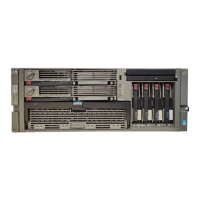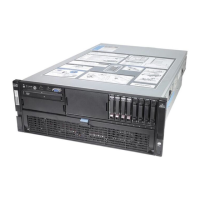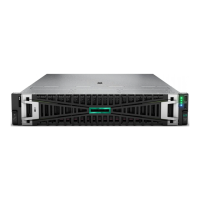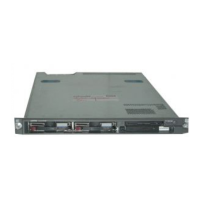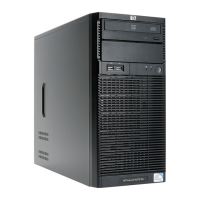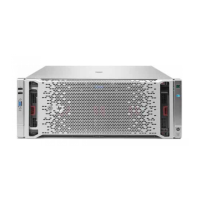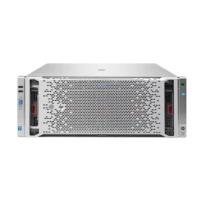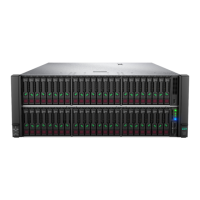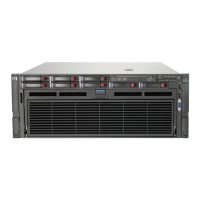Troubleshooting
When the Server Does Not Start
This section provides systematic instructions on what to try and where to go for help for the
most common problems encountered during initial POST. The server must first complete this
test each time you power up, before it can load the operating system and start running
software applications.
WARNING: A risk of personal injury exists from hazardous energy levels. The
installation of options and the routine maintenance and service of this product
shall be performed by individuals who are knowledgeable about the
procedures, precautions, and hazards associated with equipment containing
hazardous energy circuits.
If the server does not start:
1. Be sure that the server and monitor are plugged into a working outlet.
2. Be sure that the power source is working properly:
a. Check the status using the system power LED.
b. Be sure that the Power On/Standby button was pressed firmly.
3. Be sure that the power supplies are working properly by checking the power supply
LEDs.
NOTE: For more information about the location and status of LEDs, refer to Chapter 4,
“Connectors, LEDs, and Switches.” For more information about power, refer to the Servers
Troubleshooting Guide.
4. Check the interlock LEDs on the hood label. If any LEDs are amber, reseat the
component.
5. If the system does not complete POST or start loading an operating system, refer to the
HP Servers Troubleshooting Guide for information on loose connections.
6. If the server is rebooting repeatedly, verify that the system is not rebooting due to a
problem that initiates an ASR-2 reboot. Some operating systems reboot the server when
an error occurs. This is the default in the Windows 2000 operation system.
7. Restart the server.
IMPORTANT: If the server does not restart, proceed to the section, “Diagnostic Steps.”
8. Check the server for the following normal power-up sequence to be sure that the system
meets the minimal hardware requirements and is powered up during normal operations:
a. The power button LED turns from standby (amber) to on (green).
b. The fans start up. It is normal for the fans to initially run at full speed and then slow
down.
9. View the monitor for the following messages; be sure the system meets the minimal
hardware requirements and is powered up during normal operations:
a. ProLiant logo
b. BIOS information
5-2 HP ProLiant DL580 Generation 2 Server Maintenance and Service Guide
